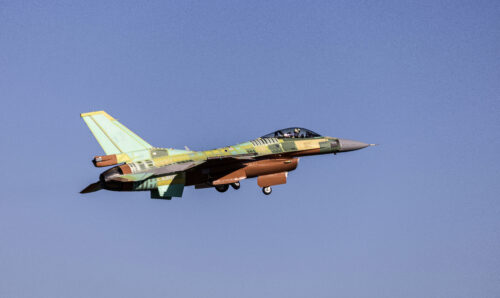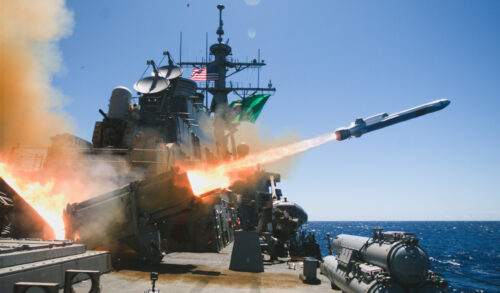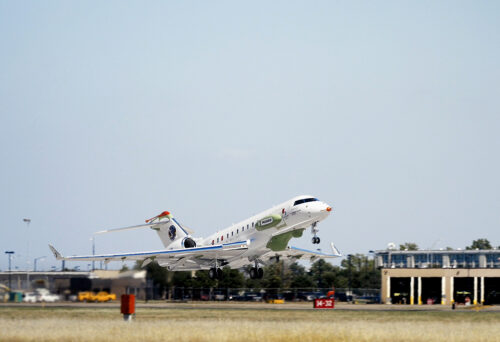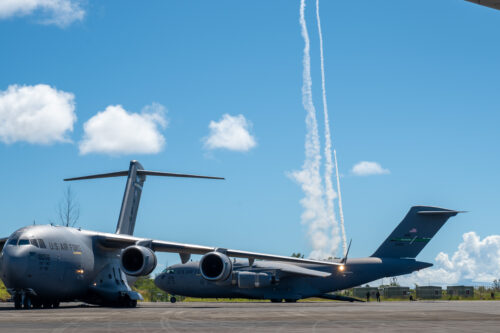The U.K., U.S., and Australia are integrating the Stingray Mod 1 lightweight torpedo into their P-8A Poseidon maritime patrol aircraft as a key initiative under AUKUS Pillar 2. Ms. Madeline Mortelmans, currently performing the duties of the U.S. Assistant Secretary of Defense for Strategy, Plans and Capabilities and lead for both pillars of AUKUS within the department, highlighted that AUKUS Pillar 2 is designed to harness the combined industrial and innovation bases of the three nations to ensure that their forces are equipped with cutting edge interoperable military capabilities. This effort, along with Germany’s interest in procuring the Stingray Mod 2 for their P-8A fleet, highlights the growing global interest in this advanced torpedo system made by BAE Systems.

Continue reading “Stingray torpedo: P-8A’s new edge in undersea warfare”



